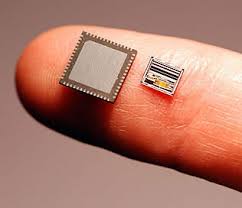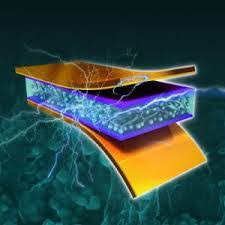Nano (Spintronics) Spin, or intrinsic angular momentum electron based on a PhD in Nano-Microelectronics
Researcher and author: Engineer Afshin Rashid
Note: Most devices, nowadays used in the nano-microelectronics industry, use electrons to communicate and store information, and are more widely used in the manufacture of nano-chips and nano-switches.
In nano-spintronic technology, the spin, or intrinsic angular momentum, is how the device was used to form two important discoveries based on the technology. First, the resistance tunneling phenomenon was predicted. Based on this phenomenon, the electron tunneling rate of an insulating layer can be magnetized by placing two ferromagnetic layers on either side and manipulating the relative magnetization orientation of the two. But this phenomenon alone controlled the layer's capability.
It had no nano-spin structure and a magnetic tunnel connection for use in industry; to change the magnetism of the ferromagnetic layer had to use an external magnetic field, which itself had many problems. In this case, it is possible to modify the magnetism using 1-spin current, in effect allowing the use of tunneling phenomena of magnetic resistance. That is to say, the method of changing the magnetization of spin torque transmission using this technology can create a variable resistance. Variable resistors can be used both for storing information and for switching. The mechanism of action of this technology for resistance change is defined.
Opposite spin nano-electrons and tunneling between electronic nano-layers
When the current enters the bottom of the layer whose magnetization is constant and unchanged, those electrons, which have spin along the magnet of this layer, are tunneled and enter the upper ferromagnetic layer. As a result, the magnet of the top layer will align with the bottom layer, which reduces the resistance in this connection. But if the current enters the junction with a high layer that can change in magnetism, the electrons that spin opposite to the low layer magnetism will reflect and will not be tunneled. As a result, the top layer magnetism decreases and the bond strength increases.




